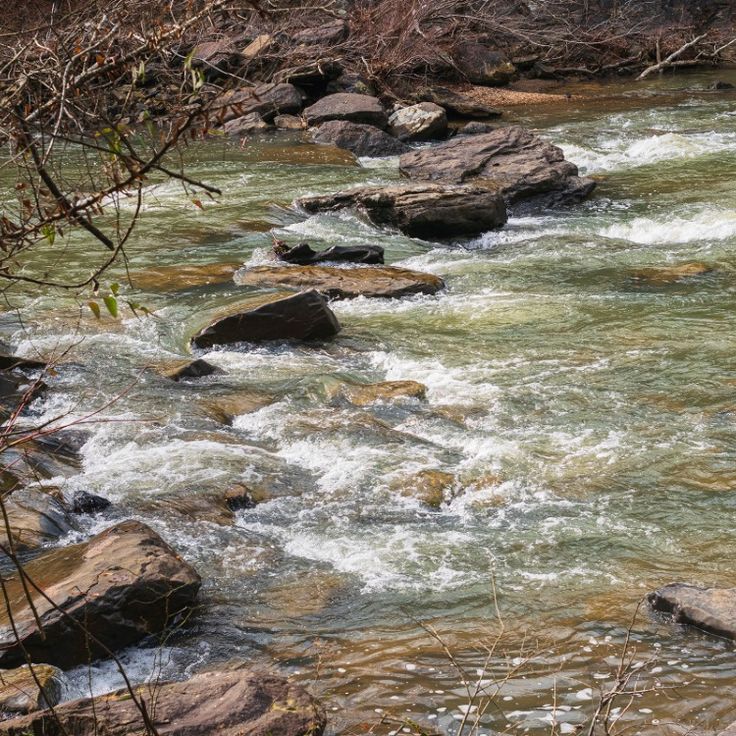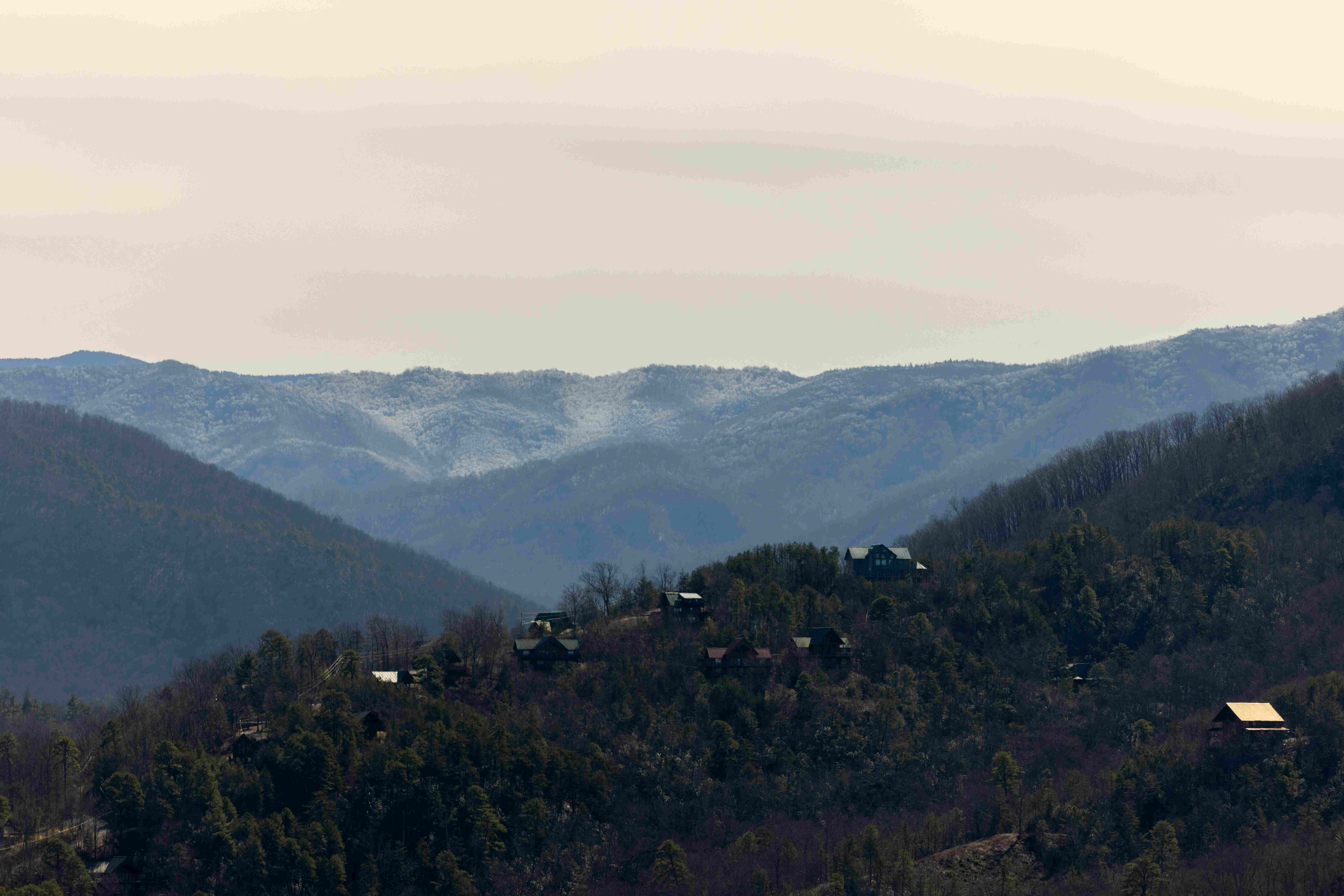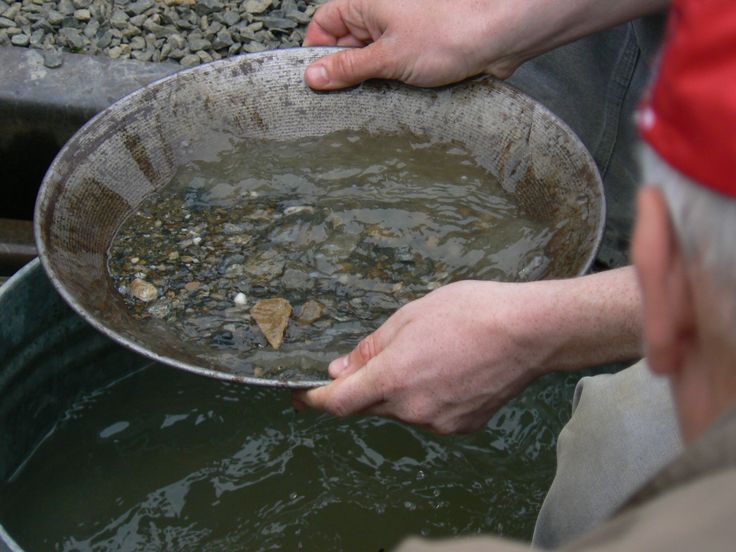About Talladega National Forest
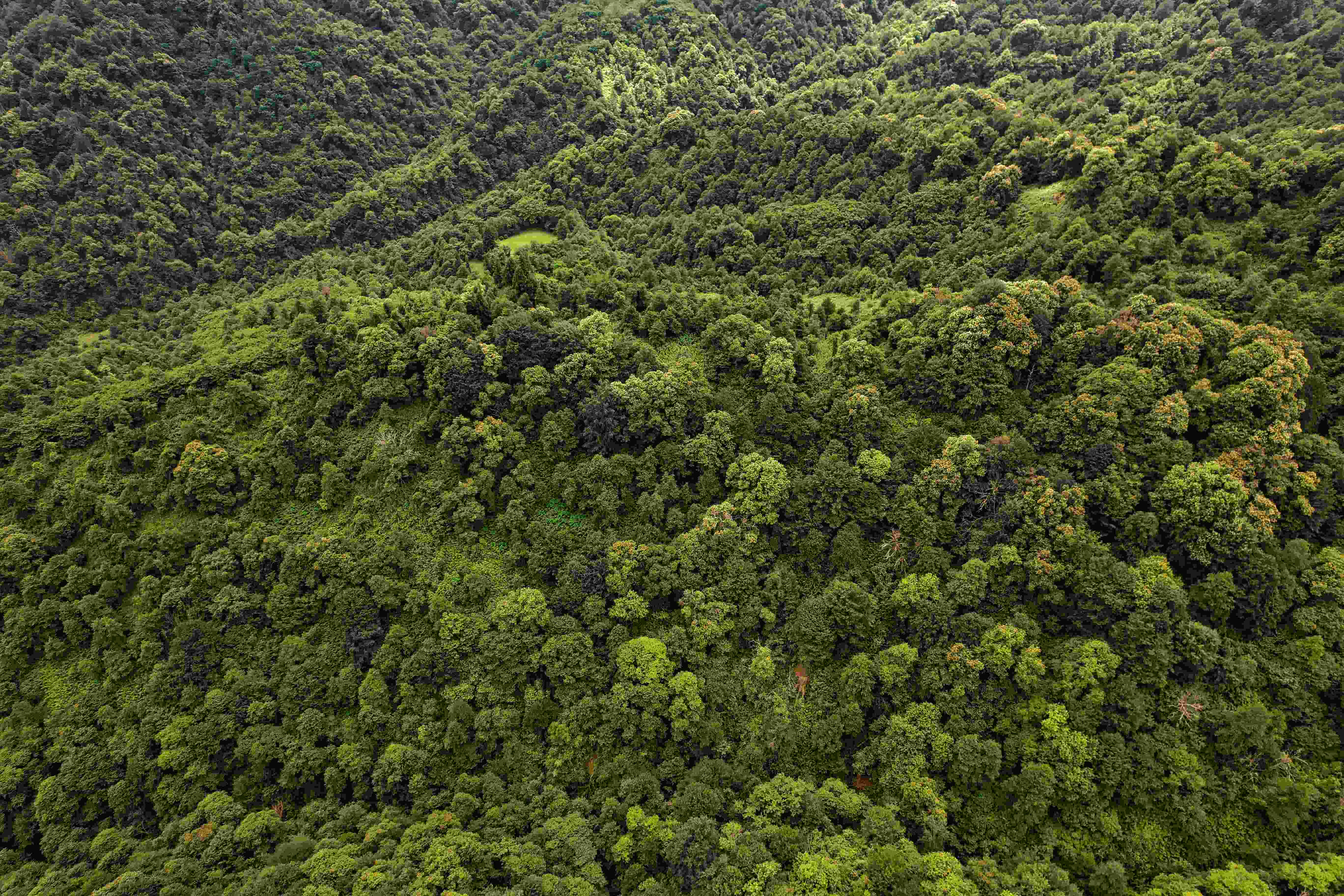
One beautiful place that attracts rockhounders in Alabama is the Talladega National Forest. This government-owned national forest is not just a place for hikers and campers, but also a treasure trove for rockhounders as it houses a wide variety of rocks and minerals, and is documented to have Gold.
The Talladega National Forest is spread across the southern end of the Appalachian Mountains, stretching across more than 390,000 acres in Talladega, Clay, Cleburne, and Coosa counties, the forest is not just a paradise for hikers and campers but also a treasure trove of rocks, minerals, and even documented traces of gold. The Cheaha Wilderness, especially lying next to the Cheaha State Park, near the Talladega Mountains is one place to explore when rockhounding in Talladega National Forest. From creek beds and gravels to historic mining sites, Talladega offers collectors a rich glimpse into Alabama's geological and mining history.
Here is why Talladega National Forest is a worthy place to go rockhounding in Alabama.
What Can Be Found In Talladega National Forest
Rockhounders in Talladega often uncover a variety of minerals and rocks, which include
- Quartz: Every rockhounder loves to collect some quartz, and the Talladega National Forest is a good place to find clear and milky variety of crystal quartz, especially scattered around creek beds and trails.
- Agate: There is a rich presence of colorful layers of Agates, mostly found in stream gravels and outcrops within the forest.
- Jasper: These earth-toned rocks are also present in this forest. Due to its mountainous heritage, you are most likely going to find Jasper stones in this area.
- Garnet: You will also find small crystals of Garnets. Especially seeing that this area is a metamorphic zone.
- Marble: A metamorphic rock found here is the Alabama white marble known for its pure significance and mostly found in Talladega County. Used for intricate sculptures to grandiose buildings. You will likely find beautiful white marble, while rockhounding in Talladega County and surrounding areas of the forest.
- Fossils: Marine fossils from ancient Paleozoic seas, including shells, gastropods, and occasional shark teeth.
- Gold: The area has documented deposits of Gold, especially in surrounding areas particularly in Hatchett Creek and the mines around Robb Placer. While there is a low likelihood of finding Gold as most of these mines are no longer functional, it helps to know there is a possibility of encountering this rich symbol of wealth just like the early miners.
Each discovery connects collectors to Alabama's Appalachian history featuring mountains once as high as the Rockies, eroded over millions of years but still yielding hidden treasures.
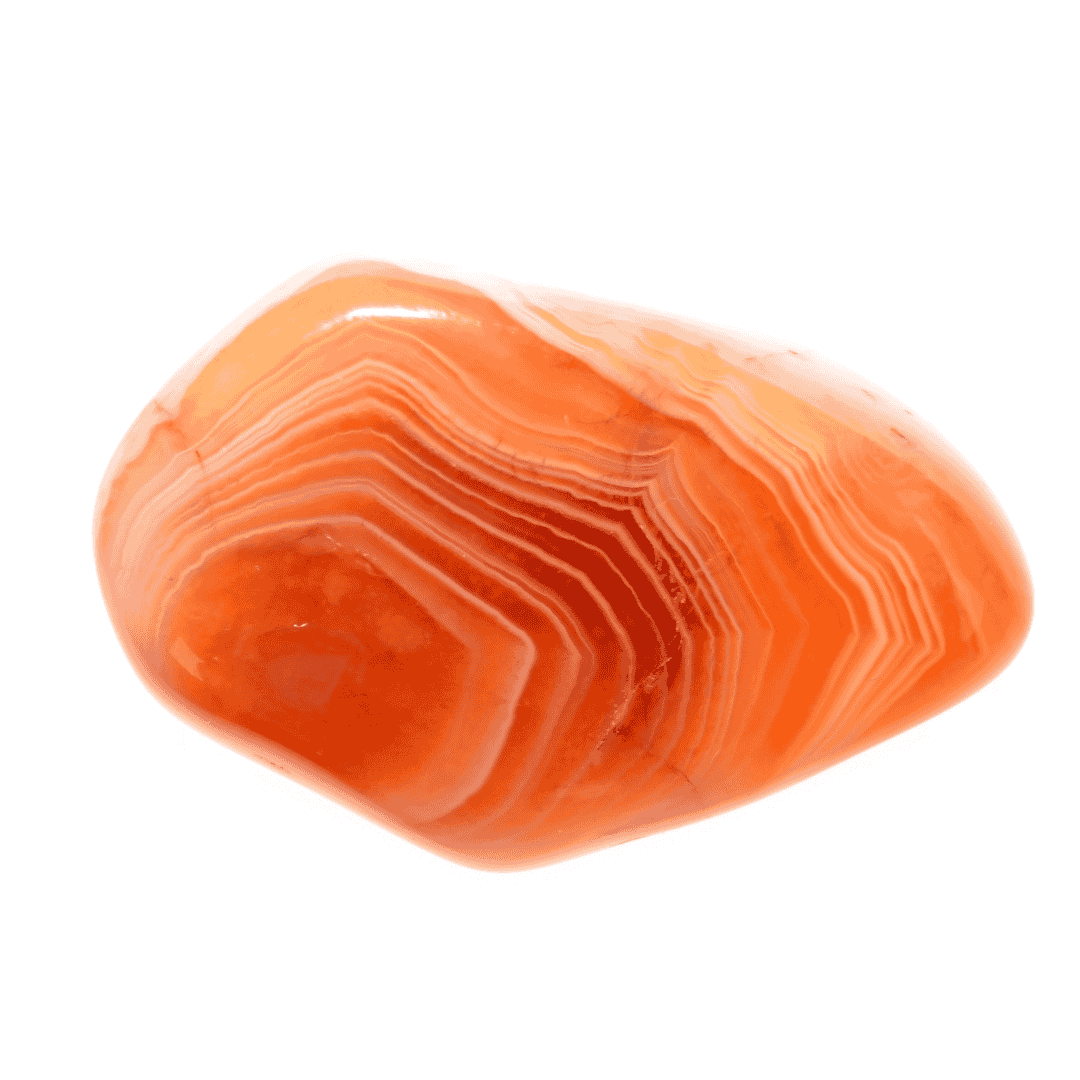
Agate
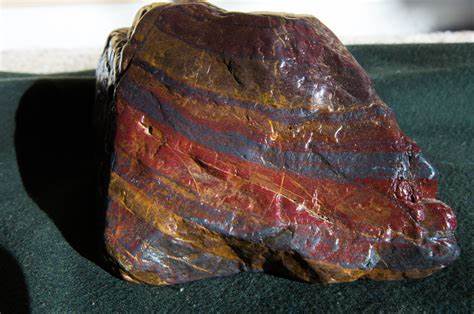
Jasper
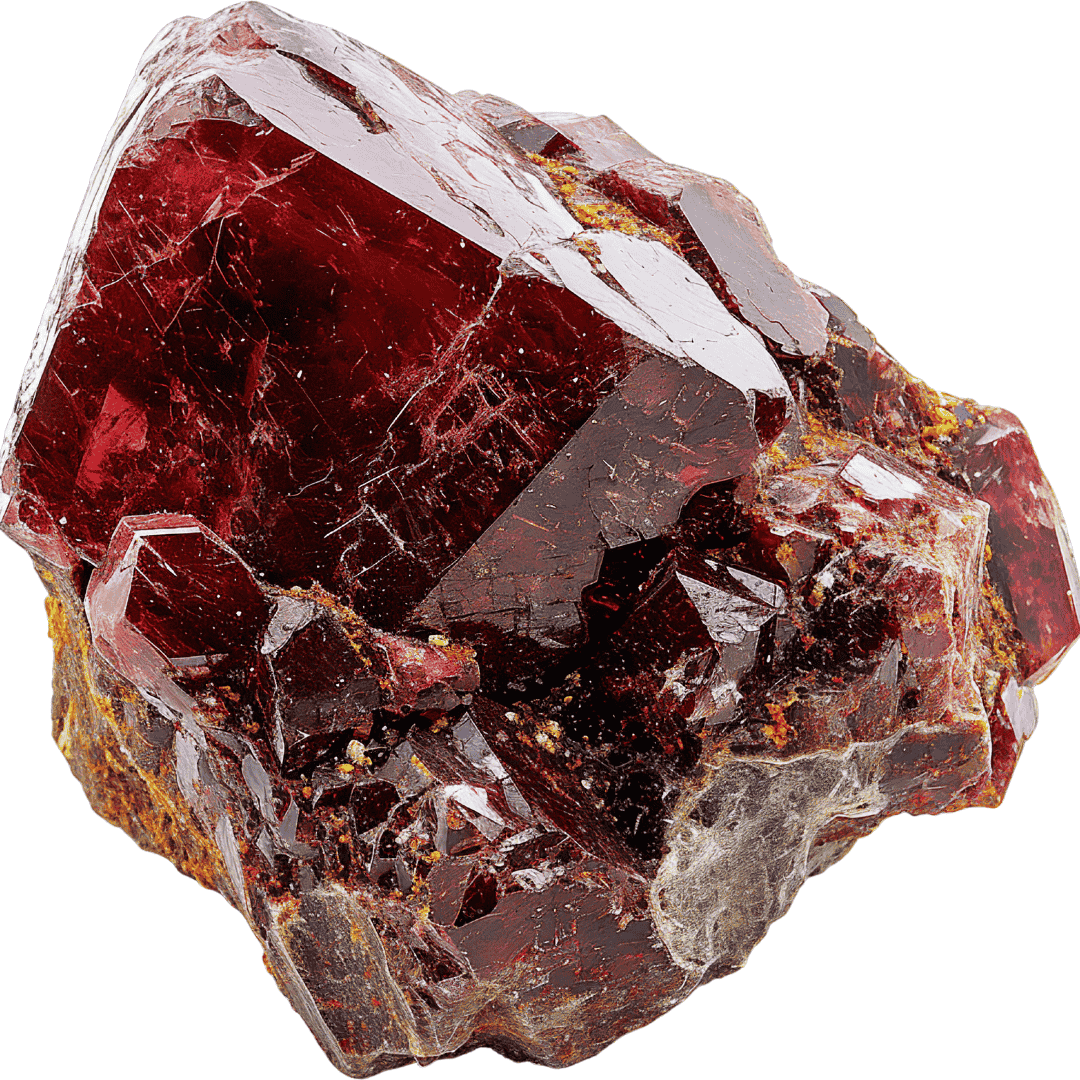
Garnet
Rockhounding Locations in Talladega National Forest, Alabama
Bob Lee Mine
Located on the southern edge of the Appalachian Mountains near Erin, the Bob Lee Mine is part of Talladega's rich mining heritage. Collectors often explore creek beds nearby for quartz and other minerals.
Hatchett Creek
This creek is located in the Piedmont Upland region of Alabama, within the Talladega National Forest and situated in Coosa County, near the town of Millerville. Hatchett Creek is one of Alabama's best-known gold prospecting locations. Here you will find alluvial deposits and quartz veins. The Hatchett Creek Placer is notable for historical finds, with early miners reporting up to 20 specks of gold in a single pan. One significant spot to check out is the Hatchett Creek Placer, featuring a 1.5 thick ore body which early miners reportedly gathered a significant amount of gold.
Robb Placer
Robb Placer, located close to Waldo, Alabama, has a connected history with the Riddles Mill Mining District which is now a part of the Talladega National Forest. Although Robb Placer is no longer in operation, it remains an area of geological interest reflecting the region's long-standing gold history. Geologically, it is surrounded by the Piedmont Upland of the Appalachian Highlands.
Choccolocco Valley
Situated in Talladega county, is a great place to find fossils, including shark teeth, petrified wood, and gastropods. A great spot for collectors interested in Alabama's ancient seas.
Location of Talladega National Forest, Alabama
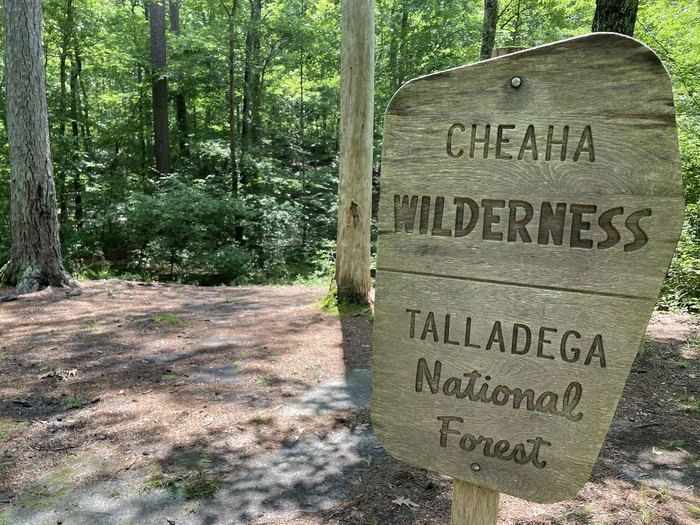
Talladega National Forest is accessible from Talladega County, Clay and Cleburne counties.
The most popular starting point is Cheaha State Park from where you can enter the Cheaha Wilderness, near the Talladega Mountains which provides trailheads and parking areas that connect to rockhounding sites. Many good rockhounding areas are a short hike away from the main roads. The coordinates for the Talladega National Forest are 33.4901819 (North), -85.8394207 (West).
Before visiting, note that the cell service is quite unreliable, a physical map or GPS device will help with navigation.
Recommended Gear and Tips for Rockhounding
For a successful trip rockhounding in this forest, here are some recommended gear to pack with:
- GPS Device or Park Map: This comes in handy to help in navigating trails and rockhounding spots with ease.
- Rock Hammer: A suitable rock hammer is needed for breaking open larger rock pieces.
- Geology Pick: If you will be exploring the creek beds and loosening embedded specimens, bring along a good pick to make the work easier.
- Safety Gear: Sturdy shoes, gloves, and eye protection (like safety glasses) to stay safe while exploring.
- Water and Snacks: Keep hydrated and energized during your trip. You can come with energy bars to keep you going and renew your energy.
- First Aid Kit: Always bring along a first-aid kit that will come in handy for minor scrapes or cuts.
- Backpack/Bag: A good backpack or bag to carry your belongings in and makes it easier to carry the rocks you collect.
Rockhounding Tips for Talladega National Forest
- Follow Rules: The forest is a federal controlled forest, and open to collecting. However, do proper research and seek permission to know what you can collect. Avoid collecting from areas marked as private properties without permission. Some areas are also closed off to explorers.
- Respect nature: Do not collect more than necessary, take only small, reasonable amounts of specimens.
- Go in the Best Seasons: The most seasons people visit this forest is during Spring or Fall. The weather is mild at this time, and you will see blooming wildflowers, and vibrant foliage. During Spring, creek beds often reveal freshly washed specimens. Going when the weather is favourable allows for a comfortable experience.
- Go with Backup Cell service: Cell service is unreliable in this area, so bring along a backup plan. And do not forget to bring a physical map or GPS device to aid navigation.
- Research: Before visiting this area, research and get updated information. You might not easily find some mineral rocks as times have changed. Contacting rockhounding clubs and groups will help you get updated information.
- Safety: Try to go along with a rockhounding group or club rather than alone to maintain safety, and have a fun experience.
Final Thoughts
Unlike other Alabama locations known for single rock types, Talladega offers diversity. From jasper and quartz with rich earthy tones to agates hidden in stream gravels, the variety here keeps collectors coming back. And since the forest is a popular hiking and camping destination, it's easy to combine outdoor recreation with the thrill of rockhounding. Remember to apply the tips stated, and obey the laws surrounding the areas.
Other Rockhounding Sites in Alabama
Talladega National Forest is a national treasure, and one is sure to find a variety of Mineral deposits and rocks, Alabama also has other great locations for rockhounding.
Guide Books for Gem Mining in Alabama
For those seeking more in-depth information and detailed directions to various gem sites in Alabama, several excellent guidebooks are available.




